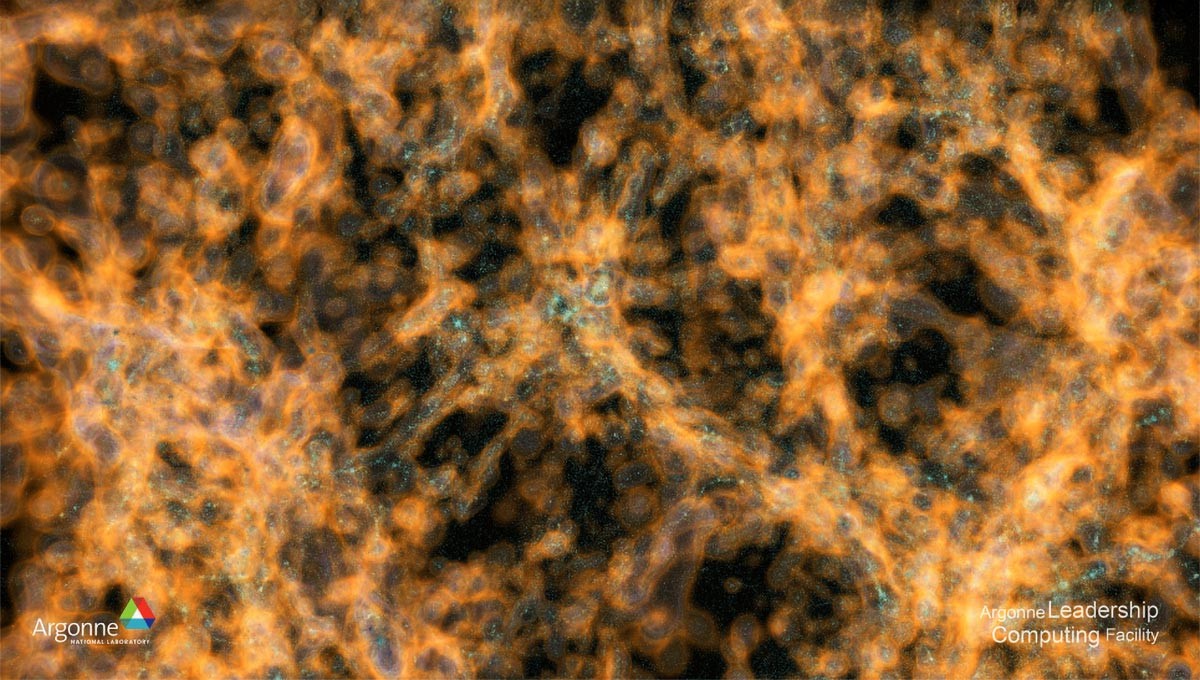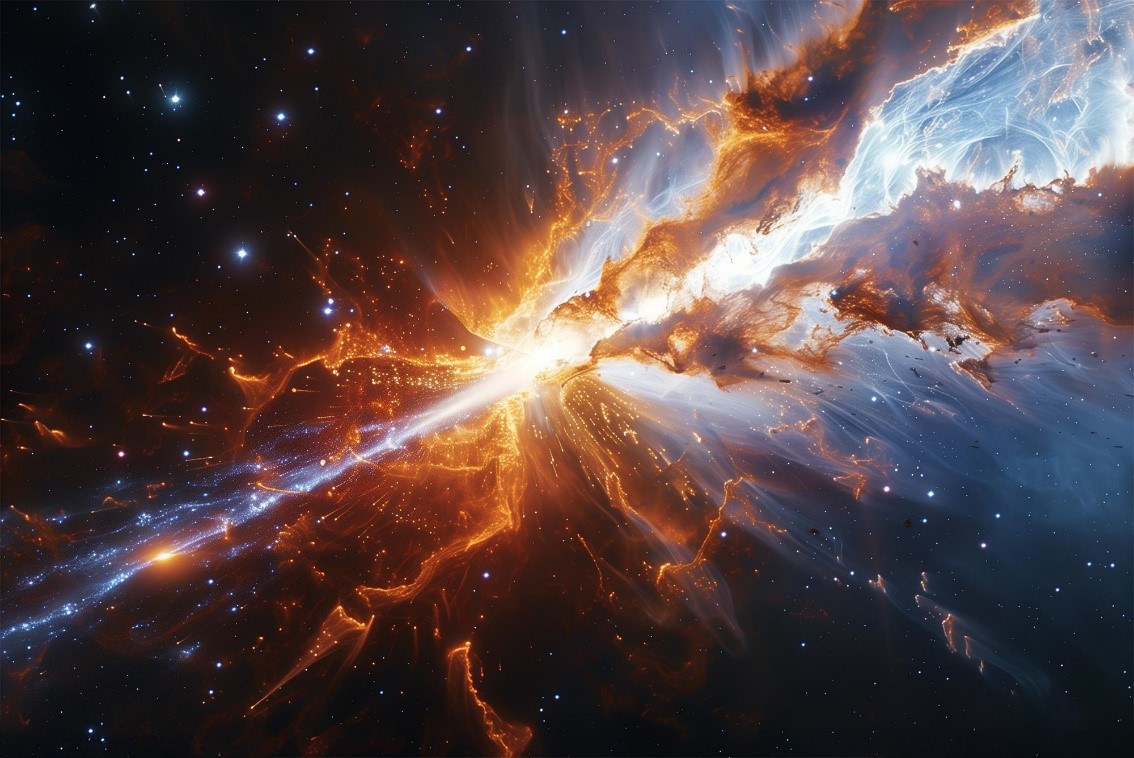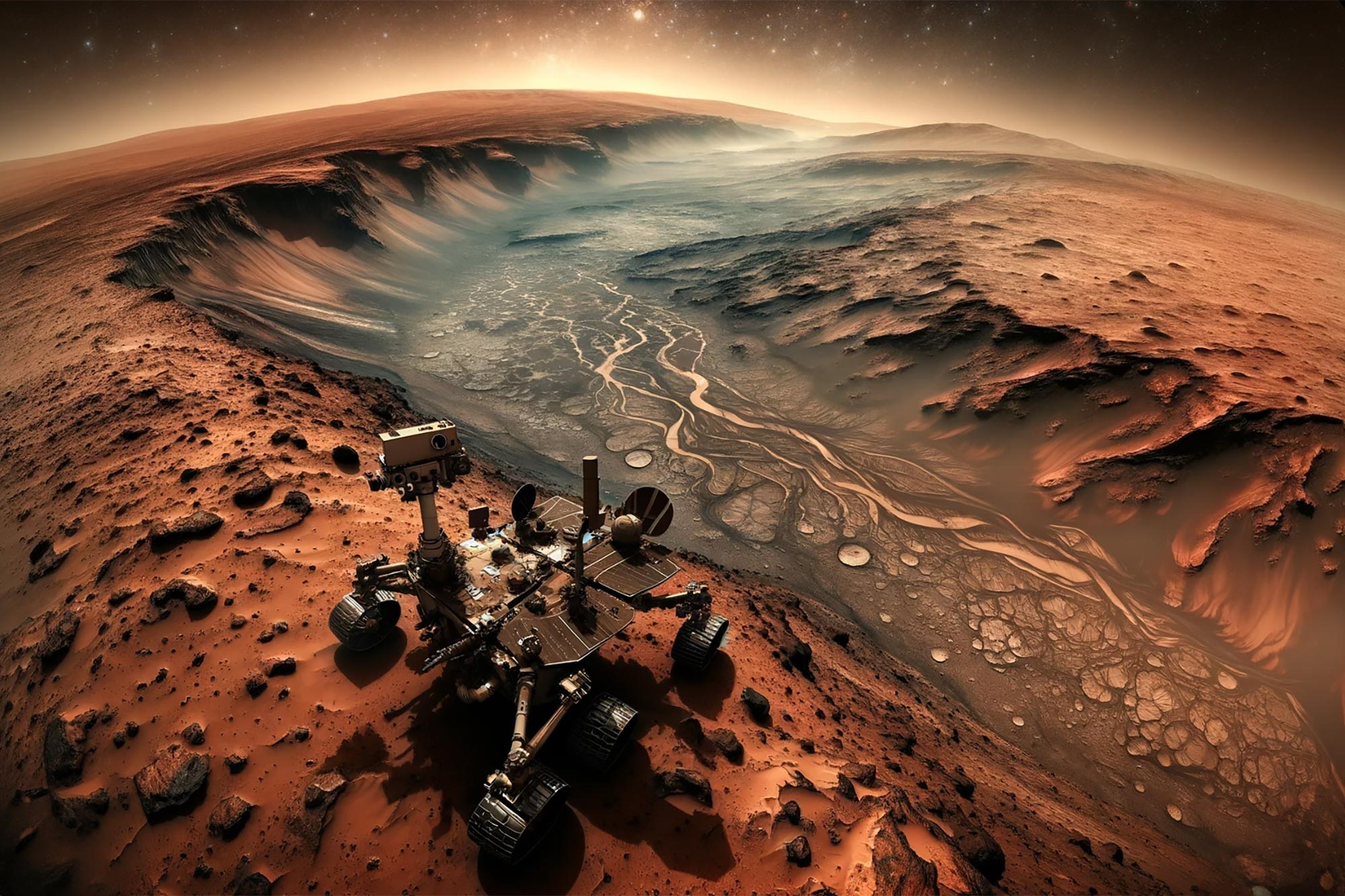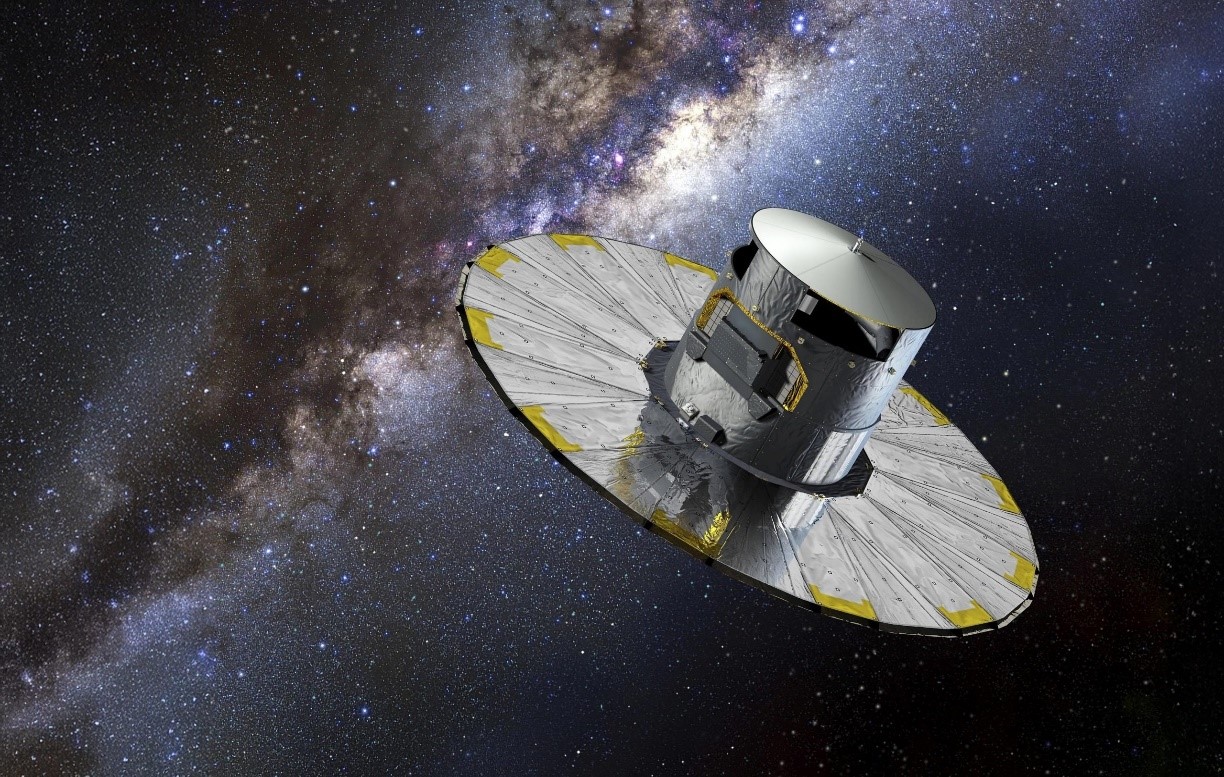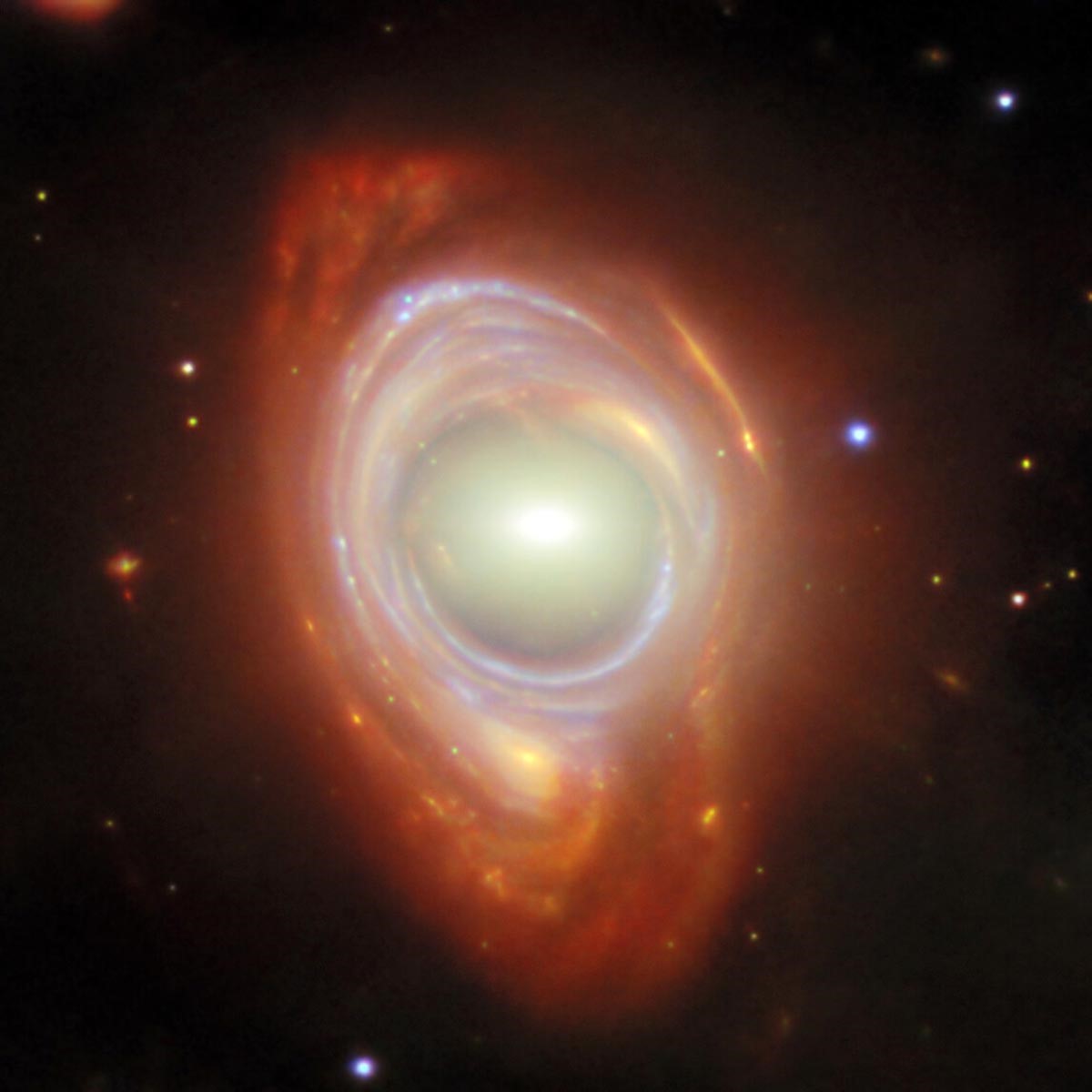Webb Unveils the Milky Way’s Ancient Twin Shining from the Cosmic Dawn
NASA's James Webb Space Telescope has discovered the Firefly Sparkle galaxy, a young cosmic object that could resemble the Milky Way in its early stages.
This discovery, enabled by Webb's exceptional resolution and gravitational lensing, reveals 10 brilliant star clusters that may eventually develop into globular clusters. The study offers a crucial insight into galaxy formation, indicating that galaxies grow both from within and through collisions.

Figure 1. Firefly Sparkle: A Still-Forming Galaxy Weighing Like the Early Milky Way
A Window into the Early Universe
NASA's James Webb Space Telescope has detected and measured the mass of a distant galaxy that formed just 600 million years after the Big Bang [1]. This newly discovered galaxy, named Firefly Sparkle, may resemble the Milky Way in its earliest stages of formation. Figure 1 shows Firefly Sparkle: A Still-Forming Galaxy Weighing Like the Early Milky Way.
Firefly Sparkle is adorned with ten luminous star clusters that may offer insights into early galaxy formation. Researchers suspect that galaxies might have begun as fragmented groups of stars, with some of these clusters eventually evolving into the globular clusters we observe today.
The findings, published in Nature, were led by former Dunlap Institute postdoctoral fellows Lamiya Mowla and Kartheik Iyer. Mowla is currently an assistant professor at Wellesley College in Massachusetts, while Iyer holds a NASA Hubble Fellowship at Columbia University in New York.
Roberto Abraham, professor and chair of the David A. Dunlap Department of Astronomy & Astrophysics at the University of Toronto, also contributed to the research. He is a member of the Canadian NIRISS Unbiased Cluster Survey (CANUCS) team, which was instrumental in this discovery. In an interview with A&S News, Abraham discussed the implications of this finding for our understanding of the universe's earliest galaxies.
By focusing on the Firefly Sparkle galaxy, how is Webb helping us uncover new insights about the universe?
Webb's high resolution and sensitivity enable us to study extremely distant objects, such as the bright star clusters that first led us to the Firefly Sparkle galaxy, with remarkable clarity. Thanks to a natural phenomenon called strong gravitational lensing, we can also "zoom in," where a galaxy cluster in the foreground magnifies the Firefly Sparkle galaxy behind it, acting like a massive magnifying glass.
With Webb, we can look back in time and examine distant objects like Firefly Sparkle, identifying features that could be young globular clusters—dense groups of millions of ancient stars observed today. It's truly astonishing to witness the birth of what we now recognize as ancient objects. The discovery of 10 such clusters forming in this way makes Firefly Sparkle an invaluable resource for understanding the early stages of galaxy formation and growth.
Why is it important to know the "mass" of the Firefly Sparkle galaxy?
It provides a snapshot of the mass of young galaxies when the universe was still in its infancy. Modern galaxies are far more massive, and while we’ve known this for some time, Webb helps us understand how they become so massive and contain so many stars. Some models suggest stars form gradually through internal processes, while others propose that small galaxies collide and merge to grow larger. Galaxies like Firefly Sparkle reveal that both processes are occurring, with the latter likely being the dominant one.
How does this new discovery expand on the CANUCS team's 2022 finding of the Sparkler galaxy's distant globular clusters?
The "sparkles" observed in the Sparkler galaxy in 2022 were four billion years old when their light was emitted, similar to the age of the universe at that time. Nine billion years later, we know they evolved into today's globular clusters. However, with the new Firefly Sparkle galaxy, we are observing a much earlier stage in galaxy growth, so we're not entirely certain what these points of light will become.
To put it simply, studying the Sparkler galaxy was like observing a toddler—you're confident it will grow into an adult [2]. But with Firefly Sparkle, it's more like examining an embryo: many animals have similar-looking embryos, so it's harder to predict what these "sparkles" will evolve into.
What are you most excited to explore next with Webb?
It’s more like, what am I not excited to look at next with Webb? All the data and images coming from Webb fill me with a sense of giddy joy — it feels a bit like the universe is letting us in on some pretty big secrets and we’re lucky to be alive right now.
In this case, we need to find more examples of systems similar to the Sparkler and the Firefly Sparkle to be totally confident that these little points of light in the Firefly Sparkle are indeed very young globular clusters. What we’ve got now is a spectacular starting point! Canada has a long history of galaxy formation and globular cluster research, so I look forward to seeing us continue along that path.
Reference:
- https://scitechdaily.com/webb-reveals-milky-ways-ancient-twin-sparkling-from-the-cosmic-dawn/
- https://opentools.ai/news/webb-spots-new-galactic-gem-meet-firefly-sparkle-the-milky-ways-ancient-mirror
Cite this article:
Janani R (2025), Webb Unveils the Milky Way’s Ancient Twin Shining from the Cosmic Dawn, AnaTechMaz, pp.291




